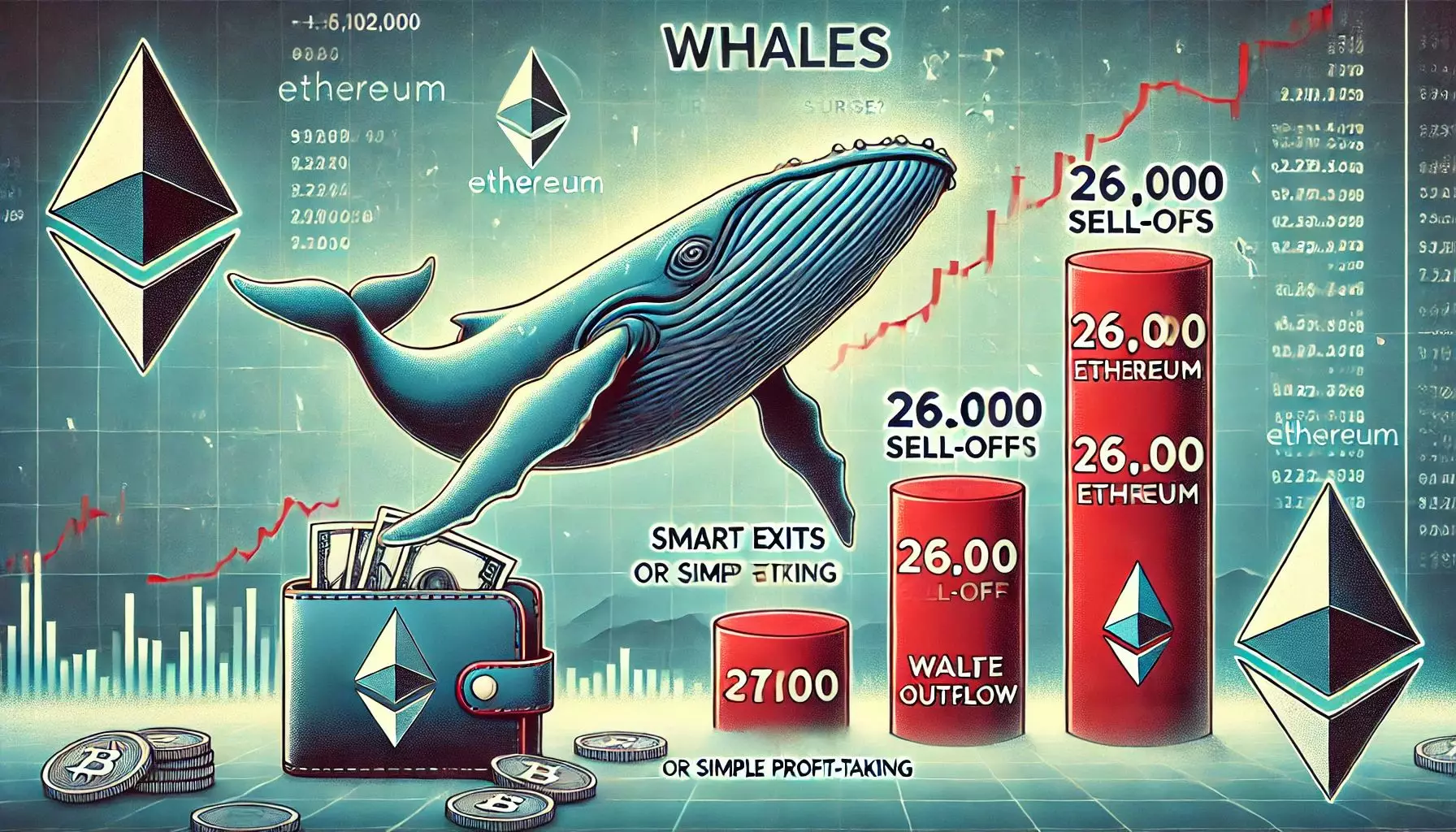In the ever-evolving landscape of cryptocurrency, Ethereum’s struggle to maintain higher price levels serves as a microcosm for the broader market’s volatility. Currently trading above $1,800, the second-largest cryptocurrency by market capitalization is caught between resistance and the looming specter of economic uncertainties that threaten its potential for recovery. This critical analysis delves into the multifaceted dynamics surrounding Ethereum, highlighting essential aspects that investors should consider as they navigate this uncertain terrain.
The Tug-of-War: Bulls vs. Bears
Ethereum’s journey toward re-establishing bullish momentum is akin to a high-stakes tug-of-war between bullish aspirations and bearish resistance. For Ethereum investors, the range between $1,850 and $2,000 has emerged as a pivotal battleground. While bulls aim to reclaim this territory to ignite a bullish rally, bearish sentiments linger like a dark cloud overhead. The recent price fluctuations suggest that even a modest recovery might be short-lived unless strong buying support emerges in this crucial area.
Complicating matters, notable figures within the crypto space, such as well-known market analysts, have expressed skepticism about the sustainability of recent price rebounds. The fear of large sell-offs, largely initiated by major holders—affectionately dubbed “whales”—adds further pressure. Their recent mass selling of over 262,000 ETH showcases a sentiment of profit-taking rather than long-term commitment, creating a bearish undercurrent that could significantly affect Ethereum’s possible ascendance.
Geopolitical Uncertainties Cripple Investor Sentiment
Investor sentiment is heavily influenced by macroeconomic indicators and geopolitical tensions. The ongoing trade disputes between the U.S. and China, coupled with a pervasive sense of global economic stagnation, have placed immense pressure on risk assets, including cryptocurrencies. As Ethereum flirts with critical technical levels, persistent uncertainties discourage many from committing capital. The broader market environment remains clouded with volatility, meaning that Ethereum’s recovery could be stymied by external factors beyond its control.
In other words, while the Ethereum network continues to showcase its potential for innovation and technological advancement, external economic pressures weigh heavily on its ability to assert itself as a viable investment. Confronted with such realities, prospective investors may delay entry or lower their stakes in Ethereum, opting instead for safer asset classes.
Whale Behavior: A Double-Edged Sword
The behavior of whalebring a sense of caution for smaller investors looking to capitalize on Ethereum’s price movement. The recent wave of profit-taking from these significant players has implications for the broader market. Their actions—especially large sell-offs—act as self-fulfilling prophecies, causing a ripple effect that often depresses prices and undermines market confidence. This dynamic underscores the fragile nature of Ethereum’s current standing; a significant sell-off not only caps upward mobility but could set off alarms for retail investors.
Whales, holding constitutions of significant portions of Ethereum’s total supply, function almost as de facto market shapers. While their selling activities provide opportunities for profit-taking, they simultaneously inject fear into the trading environment, as retail investors may panic at the sight of large-scale dips.
Chart Patterns and Technical Analysis
Technically speaking, Ethereum’s price movement is showing signs of stabilization around the $1,800 mark, yet it remains ensnared in a narrow trading range. Analyzing performance through chart patterns reveals a period of consolidation that investors should be keenly aware of. Observing how these trends develop is imperative; maintaining prices above $1,750 is critical to keeping bullish momentum alive.
Conversely, it’s crucial to recognize the inherent risks of a downturn. The failure to breach the $1,850 resistance could lead to a rapid capitulation back to lower demand zones, targeting levels around $1,500. In an increasingly interconnected market, these price points not only affect Ethereum but can trigger shifts in the entire altcoin ecosystem. Thus, vigilance is essential.
The Necessity for Strategic Patience
The current Ethereum landscape calls for a strategy not often embraced in the frenetic world of crypto trading: patience. An environment fraught with uncertainty can encourage impulsive decisions based on momentary price shifts. However, understanding the broader economic conditions and whale activities can offer a nuanced perspective that transcends the typical short-term focus. Investors might consider a more sober appraisal of their aspirations for Ethereum, especially if they wish to navigate this complex, precarious market effectively.
Amidst the intensity of this turbulent market phase, one pivotal question remains—will Ethereum finally crack the critical resistance levels that could signal a resurgence, or will it fall victim to macroeconomic headwinds that prevent its climb? As the market continues to lurk in uncertainty, both new and experienced investors face a dual challenge: to resist impulsive actions while preparing for the inevitable volatility that lies ahead. The balance of power in the Ethereum market is still undecided, and it remains to be seen what direction this critical cryptocurrency will take next.


Leave a Reply